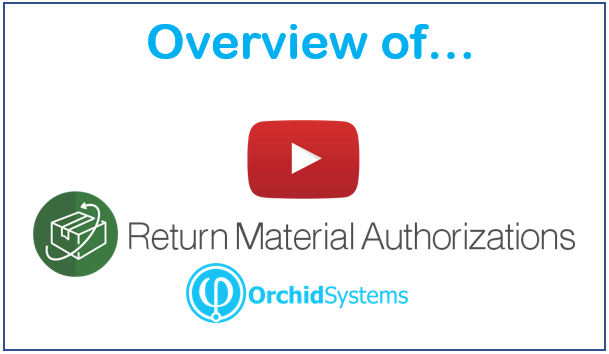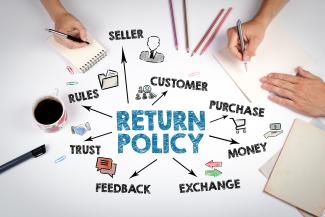Our previous articles on the subject of product returns have mentioned the staggering dollar amounts involved (see Product Returns - a Necessary Evil?), and the massive volume increases during the COVID era (see Christmas can mean Many Unhappy Returns).
This time we step back a little, and discuss the benefits of having a robust, efficient returns management process.
Those benefits can include:
- Customer Satisfaction: When customers can easily return products, they feel more confident in making purchases, knowing they have an avenue for recourse if something doesn't meet their expectations.
This fosters trust and loyalty, which are essential for repeat business and positive referrals – both word-of-mouth and online.
- Brand Reputation: Customers perceive companies with a good reputation for hassle-free returns handling as being more reliable and customer focused.
- Reduced Costs: While returns incur costs, a well-managed process can mitigate these expenses through lower transportation costs, restocking fees, stock write-offs, warehouse space requirements, labour costs, and other return-related overheads.
- Inventory Management: Effective returns management provides insights into product performance and customer preferences. By analyzing return data, companies can identify trends such as common reasons for returns, defective products, or mismatches between customer expectations and product descriptions.
This information is invaluable for optimizing inventory levels, refining product offerings, and enhancing overall business strategies.
- Environmental Impact: A well-organized returns process can also contribute to sustainability efforts. By efficiently handling returns, companies can minimize the environmental footprint associated with reverse logistics, such as transportation emissions and waste generation.
Additionally, strategies like refurbishing or reselling returned products can extend their lifecycle and reduce the need for new production.
- Compliance and Regulation: Depending on the industry and location, there may be legal requirements or industry standards governing returns management, particularly for certain types of products (e.g., electronics, pharmaceuticals).
Implementing a structured returns process helps ensure compliance with relevant regulations, reducing the risk of penalties or legal issues.
The opposite is also true! A cumbersome or frustrating returns experience can damage brand reputation, deter potential customers, and increase operational costs.
Investing in RMA can deliver a rapid ROI
Implementing an improved returns management process need not cost the earth, but can generate immediate financial benefits, providing the opportunity for a rapid payback and an ongoing return on investment (ROI).
Calculating the ROI will differ substantially for each business, and is well beyond the scope of this article, but here are just a couple of examples of potential financial benefits, in addition to those already discussed above.
- Customer Retention: Implementing a more customer-friendly returns process, can improve customer satisfaction and loyalty, ultimately leading to higher retention rates.
This (quite old) study by Bain & Company remarked on the increasing importance of customer retention relative to customer acquisition. It claimed that increasing customer retention rates by just 5% can lead to a profit increase of as much as 95%.
- Inventory Optimization: Using the example of an online clothing retailer, a company might analyse return data and identify that a significant portion of returns are due to incorrect sizing information provided on its website.
By improving product descriptions, or implementing a virtual sizing tool, they can reduce the number of returns related to sizing discrepancies. This optimization leads to lower costs associated with restocking returned items and potential markdowns for refurbished or open-box products.
Managing Returns in Sage 300
Orchid’s dedication to improving the management of product returns in Sage 300 goes back a long way - our Return Material Authorizations (RMA) module was our very first Sage add-on, and has helped many businesses streamline their operations and improve customer service.
Orchid RMA It lets you integrate robust, repeatable, workflow-based return and repair processes into Sage 300 that can:
- Automatically allocate and track RMA ID numbers.
- Authorize customer returns, and initiate replacement orders.
- Issue credit notes, and return faulty goods to the vendor.
- Generate cross-referenced entries in Sage 300 PO, OE, and IC to keep records synchronized.
- Maximize cost recovery by correctly charging for repairs.
- Comprehensive reporting for analysis of repairs.
- Provide status tracking, based on user-definable status & stage codes.
- Keep customers fully informed of progress and status from a single source of truth.
Find out more by from the RMA product page, or start by watching this short introductory video:


